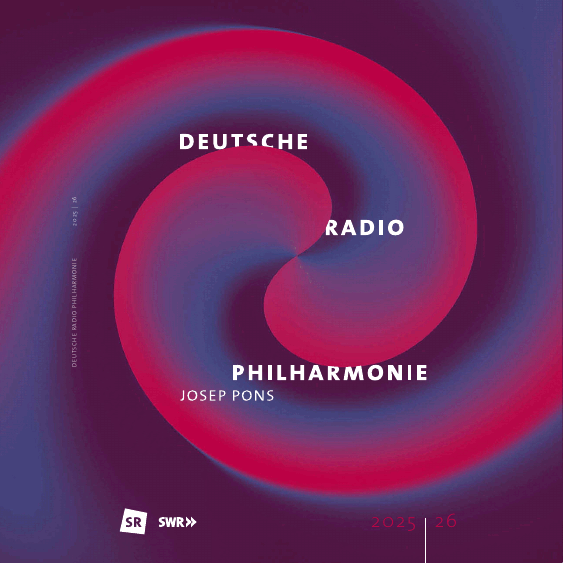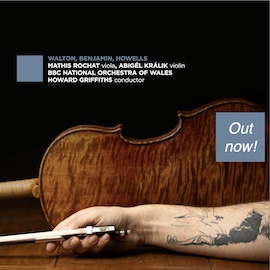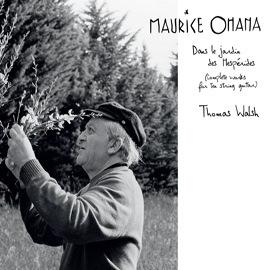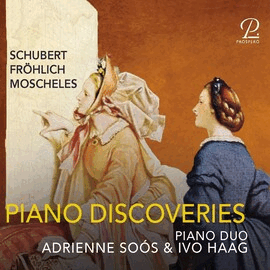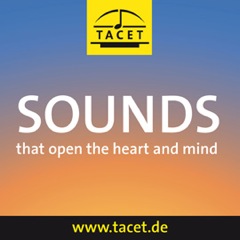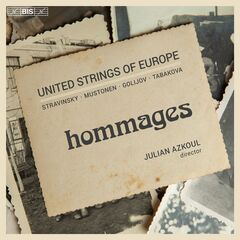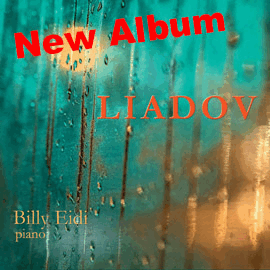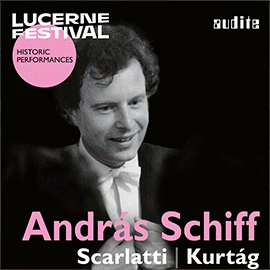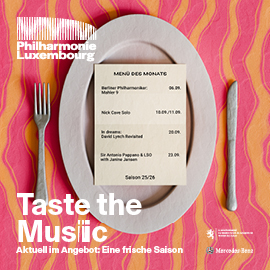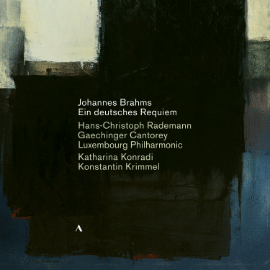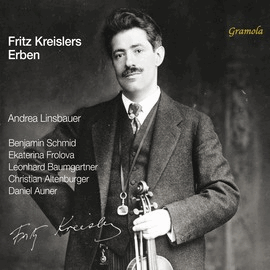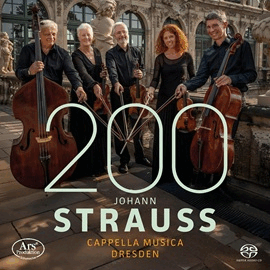United Strings of Europe mit seinem Spiritus Rektor und Konzertmeister Julian Azkoul haben hier als roten Faden die musikalische Tradition aus zeitgenössischer Sicht gewählt.
Als Hauptwerk zeigt das Ensemble Apollon musagète von Stravinsky. Julian Azkoul hat das Werk für zwei Streichtrios arrangiert, die in zwei Gruppen um einen mittig positionierten Kontrabass angeordnet sind. Diese Besetzungsreduktion führt aus Sicht von Azkoul zu einer fokussierenden Ausdünnung des Klangs, die die Feinheit der Musik stützt.
Dobrinka Tabakovas Organum Light wurde von Einsteins Theorie des Quantenlichts angeregt. Dazu verweben die Instrumente einzelne Linien zu einem Ganzen, so wie Photonen sich zu Licht verbinden. Osvaldo Golijov hat mit Last Round dem Tangokomponisten Astor Piazzolla eine Erinnerung gesetzt, bei der das Ensemble als idealisiertes Bandoneon konzipiert ist. Zwei Quartette stehen sich, durch den zentralen Bass getrennt, gegenüber.
Zwei Werke von Olli Mustonen erklingen. Sein zweites Nonett für zwei Streichquartette und einen Kontrabass bringt neben anderem traditionelle Musik vom Balkan mit solcher aus Karelien zusammen. Sein Apotheosis für vier Celli a cappella erinnert an Pablo Casals. Es verbindet kraftvoll und dramatisch katalonische Musik mit Choralvorspielen von Bach.
Der anglo-libanesische Geiger Julian Azkoul ist auch Leiter des multinationalen Ensembles. Erneut legen sie ein Album vor, das mehrere Komponisten und damit Stile zusammenführt. Das älteste Werk ist von Strawinsky, das jüngste von Dobrinka Tabakova. Dabei sind drei Ersteinspielungen; von Dobrinka Tabakova: Organum Light, von Olli Mustonen Apotheosis sowie Apollon musagète von Strawinsky in der Septettbesetzung aus der Feder von Azkoul.
Das Streicherensemble hat seine eigenständige Spielweise entwickelt. Mit dieser gelingt es ihm, die gewählten Werke immer effektstark und doch auch klar strukturiert darzustellen. Das vom Leiter Azkoul gewünschte Ergebnis, Apollon musagète in der auf solistische Besetzung reduzierten Fassung noch kammermusikalischer erklingen zu lassen, wird erreicht. Aber es gelingt chorisch besetzen Kammerorchestern auch, diese Musik durchsichtig und sensibel darzustellen und dabei wegen der mehrfachen Besetzung auch noch eine intensive Dichte zu erreichen, die in dieser Fassung nicht zum Tragen kommt.
So bleibt vor allem ein spielfreudiger Eindruck in Erinnerung.
United Strings of Europe with its spiritus rector and concertmaster Julian Azkoul have chosen the musical tradition from a contemporary perspective as the common thread here.
The ensemble’s main work is Apollon musagète by Stravinsky. Julian Azkoul has arranged the work for two string trios, which are arranged in two groups around a centrally positioned double bass. In Azkoul’s view, this reduction in instrumentation leads to a focusing thinning out of the sound, which supports the delicacy of the music.
Dobrinka Tabakova’s Organum Light was inspired by Einstein’s theory of quantum light. The instruments interweave individual lines to form a whole, just as photons combine to form light. Osvaldo Golijov’s Last Round is a memorial to the tango composer Astor Piazzolla, in which the ensemble is conceived as an idealized bandoneon. Two quartets face each other, separated by the central bass.
Two works by Olli Mustonen are performed. His second Nonet for two string quartets and a double bass combines traditional music from the Balkans with music from Karelia. His Apotheosis for four cellos a cappella is reminiscent of Pablo Casals. It powerfully and dramatically combines Catalan music with chorale preludes by Bach.
The Anglo-Lebanese violinist Julian Azkoul is also the director of the multinational ensemble. Once again, they present an album that brings together several composers and thus styles. The oldest work is by Stravinsky, the most recent by Dobrinka Tabakova. There are three first recordings: Organum Light by Dobrinka Tabakova, Apotheosis by Olli Mustonen and Apollon musagète by Stravinsky in the septet instrumentation written by Azkoul.
The string ensemble has developed its own unique style of playing. With this, it always succeeds in presenting the selected works with a strong effect and yet with a clear structure. The result desired by conductor Azkoul, to make Apollon musagète sound even more chamber music-like in the version reduced to soloists, is achieved. However, choral chamber orchestras also succeed in presenting this music transparently and sensitively and, due to the multiple instrumentation, also achieve an intense density that does not come to fruition in this version.
This leaves a joyful impression in the memory.



